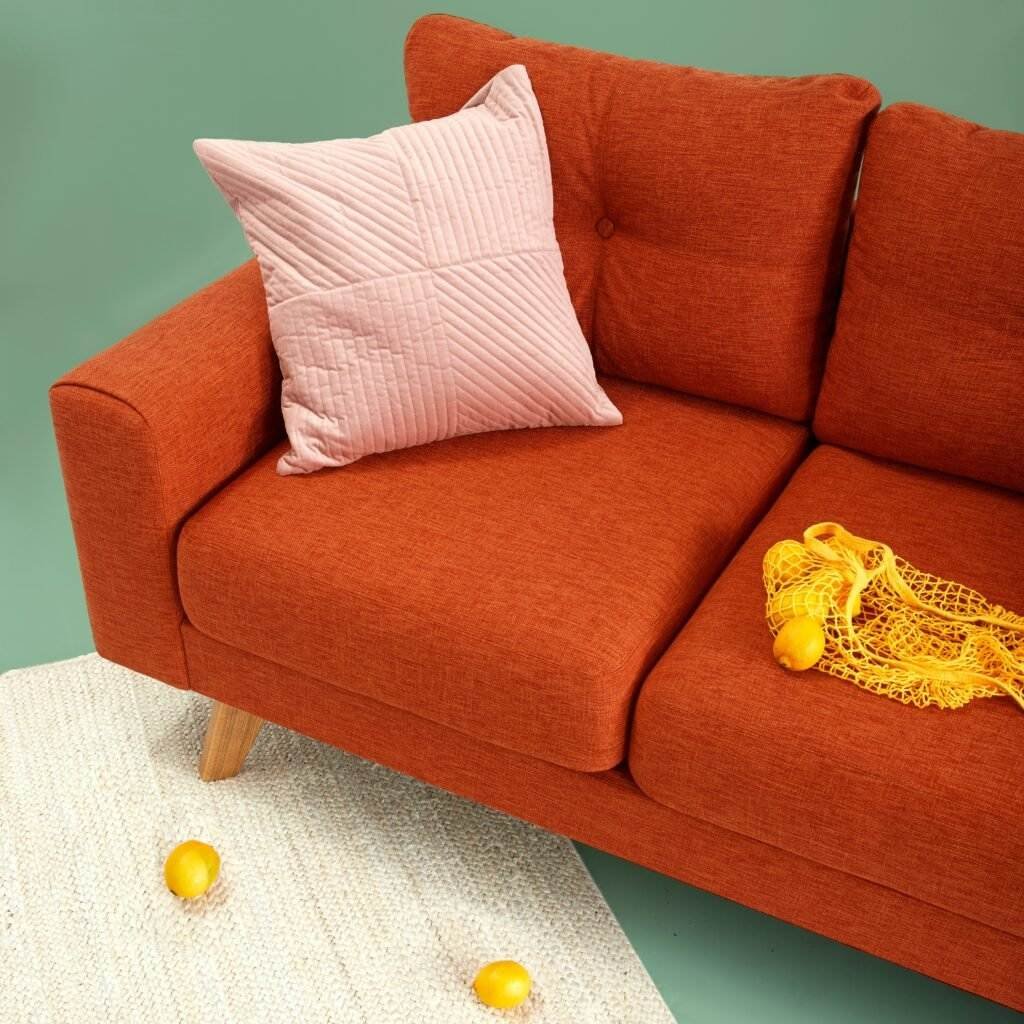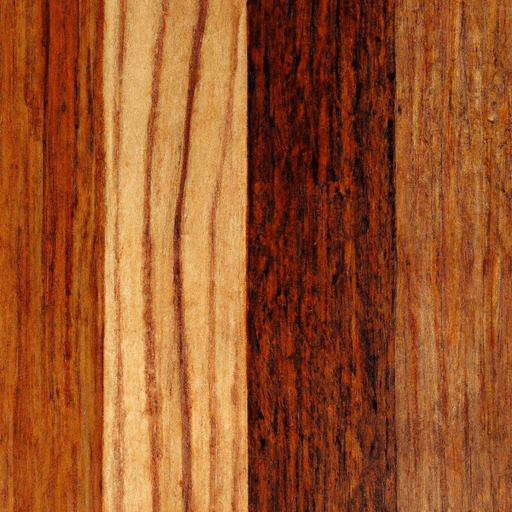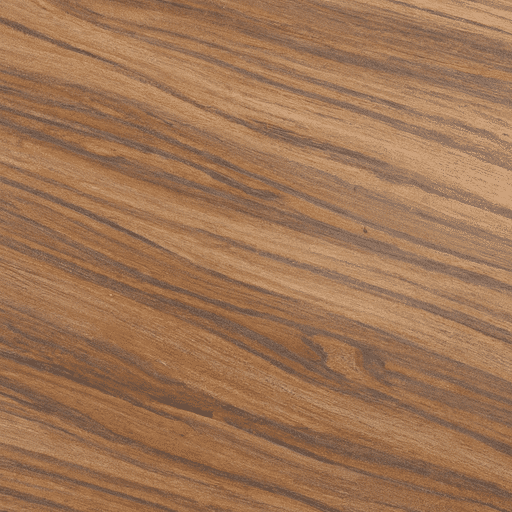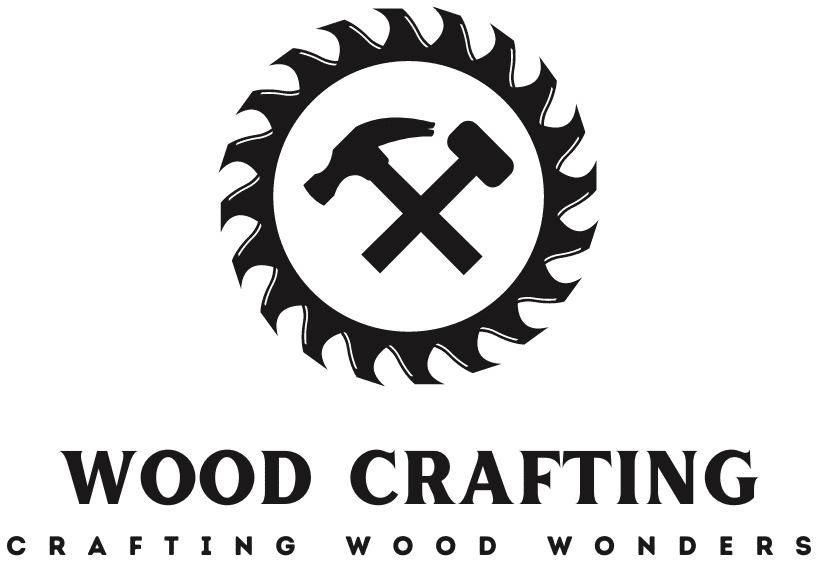In this article, we will explore the fascinating world of different types of wood and specifically compare softwood and hardwood. You will learn about the characteristics of each type of wood, their unique properties, and how they are commonly used in various applications. Whether you are a DIY enthusiast or simply curious about the different types of wood, this article will provide you with valuable insights to help you choose the right wood for your projects. So, let’s dive in and discover the differences between softwood and hardwood!

Understanding Wood
Wood is a versatile and natural material that has been used for centuries in various applications. It is derived from the stems and branches of trees, making it renewable and sustainable. Wood offers a unique combination of strength, durability, and beauty, making it a popular choice in construction, furniture making, and other industries.
Definition of Wood
Wood is a porous and fibrous structural tissue found in the stems and branches of trees. It is composed of cellulose fibers embedded in a matrix of lignin, hemicellulose, and other compounds. This complex structure gives wood its characteristic properties, such as strength and flexibility.
Importance of Wood
Wood plays a crucial role in our daily lives. From providing shelter to producing furniture, wood has various applications that make it indispensable. Its natural beauty and warmth add a touch of elegance to any space. Furthermore, wood is a sustainable and renewable resource, making it an environmentally friendly choice compared to other materials.
Basic Types of Wood
Wood can be broadly categorized into two main types: softwood and hardwood. While these terms may suggest that one type is softer and the other harder, it actually refers to the botanical classification of the trees from which they are derived.
Differentiating Softwood and Hardwood
Categorization of Softwood and Hardwood
Softwood refers to wood obtained from gymnosperm trees, which reproduce through seeds enclosed in cones. Examples of softwood trees include pine, cedar, and fir. Hardwood, on the other hand, comes from angiosperm trees, which reproduce through seeds enclosed in fruits or nuts. Oak, maple, and mahogany are common examples of hardwood trees.
Physical Characteristics
Softwood and hardwood have distinct physical characteristics. Softwood typically has a straight grain pattern and a uniform texture, whereas hardwood can exhibit various grain patterns, such as straight, curly, or wavy. Softwood also tends to be lighter in weight compared to hardwood.
Botanical Differences
The botanical differences between softwood and hardwood lie in the structure of the trees. Softwood trees have long and slender tracheids, which are specialized cells responsible for water transportation. Hardwood trees, on the other hand, have vessels that aid in the transportation of water and nutrients.
Structural Differences
In terms of structural differences, softwood and hardwood have contrasting properties. Softwood is generally less dense and has a lower tensile strength, making it more prone to dents and scratches. Hardwood, on the other hand, is denser and has a higher tensile strength, making it more durable and resistant to wear and tear.
Properties of Softwood
Overview of Softwood
Softwood is the most widely used type of wood and accounts for the majority of global timber production. It is often used in construction, furniture making, and the production of paper and pulp.
Common Softwood Species
There are several common softwood species, including pine, cedar, spruce, and fir. Each species has its own unique characteristics and applications. Pine, for example, is known for its strength and affordability, making it ideal for construction purposes.
Advantages of Softwood
Softwood offers several advantages. It is readily available and cost-effective, making it a popular choice for many applications. Softwood is also relatively easy to work with, as it can be machined and shaped without much difficulty. Additionally, softwood has good thermal and acoustic insulation properties, making it suitable for construction projects.
Disadvantages of Softwood
One of the main disadvantages of softwood is its susceptibility to warping and decay if not properly treated or maintained. It is also more prone to insect infestation compared to hardwood. Additionally, softwood may not have the same level of durability and longevity as hardwood, especially in high-traffic areas.
Applications of Softwood
Construction and Carpentry
Softwood is widely used in the construction industry for various purposes, such as framing, roofing, and flooring. Its strength and affordability make it an ideal choice for structural components of buildings. Softwood is also commonly used in carpentry for making furniture, cabinets, and other wooden fixtures.
Furniture and Cabinetry
Softwood can be used to create a wide range of furniture styles, from rustic to contemporary. It is often used in the production of bedroom furniture, dining tables, and shelving units. Softwood’s natural grain and light color give furniture pieces a warm and inviting look.
Paper and Pulp Industry
Softwood is a significant raw material in the paper and pulp industry. The long and straight fibers of softwood make it suitable for producing high-quality paper products, such as newsprint, writing paper, and tissue paper. It is also used in the production of cardboard and packaging materials.

Properties of Hardwood
Overview of Hardwood
Hardwood is known for its strength, durability, and beautiful grain patterns. It is often used in high-end furniture making, interior design, and flooring applications.
Common Hardwood Species
There are numerous hardwood species, each with its own unique characteristics. Some common hardwood species include oak, maple, mahogany, cherry, and walnut. Oak is highly regarded for its durability, maple for its light color and smooth texture, and mahogany for its rich, reddish-brown color.
Advantages of Hardwood
Hardwood offers several advantages. It is known for its exceptional durability and longevity, making it a preferred choice for furniture and flooring that undergo heavy use. Hardwood also possesses natural resistance to wear and tear, making it highly resistant to scratches and dents. Additionally, hardwood has a wide range of natural colors and grain patterns, adding a touch of elegance to any space.
Disadvantages of Hardwood
One of the main disadvantages of hardwood is its higher cost compared to softwood. Hardwood can be more expensive due to factors such as scarcity, demand, and longer growth cycles. It can also be more challenging to work with compared to softwood, as it is denser and requires specialized tools and techniques.
Applications of Hardwood
Furniture and Interior Design
Hardwood is extensively used in the production of high-quality furniture and interior design elements. Its durability and aesthetics make it a preferred choice for creating timeless pieces, such as dining tables, chairs, cabinets, and beds. Hardwood furniture pieces are often passed down from generation to generation, showcasing their longevity.
Flooring and Decking
Hardwood flooring is a popular choice for homeowners who desire a natural and luxurious look. It adds warmth and beauty to any space while offering excellent durability and ease of maintenance. Hardwood decking is also widely used in outdoor spaces, as it can withstand harsh weather conditions and provide a beautiful area for relaxation.
Musical Instruments
Many musical instruments, such as guitars, violins, and pianos, are crafted from hardwood. The exceptional tonal qualities and resonance of hardwood make it ideal for producing rich and vibrant sounds. Different hardwood species are chosen based on the desired timbre and characteristics of the instrument.

Comparative Analysis
Strength and Durability
Hardwood generally surpasses softwood in terms of strength and durability. Its denser structure and higher tensile strength make it more resistant to impact and wear. Softwood, while less durable, can still serve its intended purpose when properly treated and maintained.
Appearance and Aesthetics
Hardwood is often favored for its natural beauty and distinct grain patterns. The range of colors and textures available in hardwood creates a visually appealing look. Softwood, on the other hand, has a more uniform appearance and is often chosen for its light color and simplicity.
Availability and Cost
Softwood is more readily available and cost-effective compared to hardwood. Softwood trees grow faster and are commonly found in large quantities. Hardwood, on the other hand, may be more limited in supply and can command a higher price due to its scarcity and longer growth cycles.
Workability and Maintenance
Softwood is generally easier to work with compared to hardwood. Its lower density and machinability make it more suitable for various carpentry and construction applications. Maintenance-wise, both softwood and hardwood require regular care to maintain their appearance and longevity.
Choosing the Right Wood
Considerations for Selecting Wood
When choosing between softwood and hardwood, there are several factors to consider. First, determine the specific requirements of your project, such as strength, durability, and appearance. Consider the intended use of the wood and whether it will be exposed to environmental factors, such as moisture or sunlight. Budget and availability should also be taken into account.
Project Requirements
For construction or outdoor applications that require strength and durability, hardwood may be the better choice. For interior design or furniture-making projects that prioritize aesthetics, softwood or hardwood can be suitable depending on the desired look and budget.
Environmental Impact
It is important to consider the environmental impact of your wood choice. Both softwood and hardwood can be sustainable options when sourced from responsibly managed forests or certified suppliers. Look for wood products that have been certified by organizations such as the Forest Stewardship Council (FSC) to ensure their sustainability.

Misconceptions about Softwood and Hardwood
Common Misbeliefs
There are several common misconceptions about softwood and hardwood. One misconception is that softwood is always softer than hardwood. While softwood may have a lower density, it does not necessarily mean it is less durable. Another misconception is that hardwood is always more expensive than softwood. While some hardwood species can be costly due to factors such as scarcity, there are affordable options available.
Clarifying the Differences
It is important to clarify the differences between softwood and hardwood to have a better understanding of their properties. The terms softwood and hardwood refer to the botanical classification of the trees, rather than their actual hardness. Both types of wood have their own unique strengths and applications, and it is essential to choose the right one based on your specific requirements.
Conclusion
In conclusion, wood is an exceptional material that offers durability, beauty, and sustainability. Softwood and hardwood are the two main types of wood, each with its own distinct properties and applications. Softwood is widely used in construction, furniture making, and the paper and pulp industry, while hardwood is favored for high-end furniture, flooring, and musical instruments. By understanding the differences between softwood and hardwood, you can make informed choices for your woodworking projects and appreciate the diversity and versatility of wood. So whether you opt for the strength and durability of hardwood or the affordability and workability of softwood, you can rest assured knowing you’ve made an informed decision. Happy woodworking!






